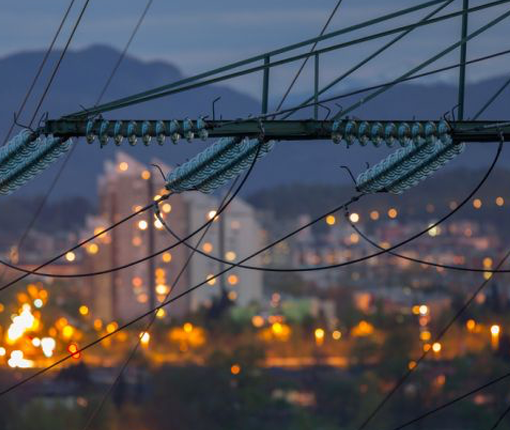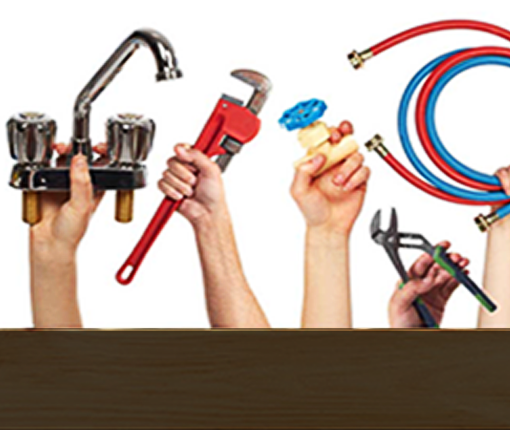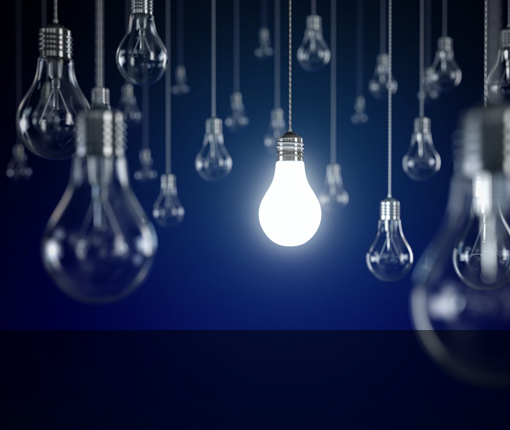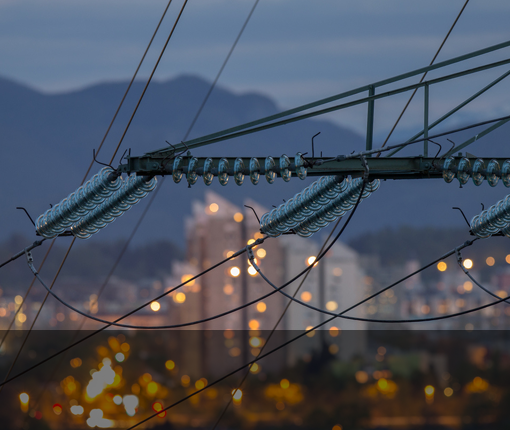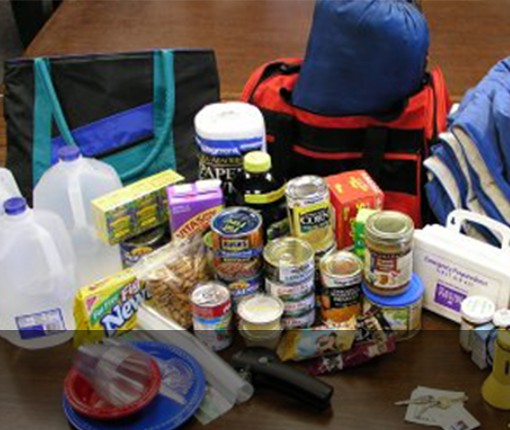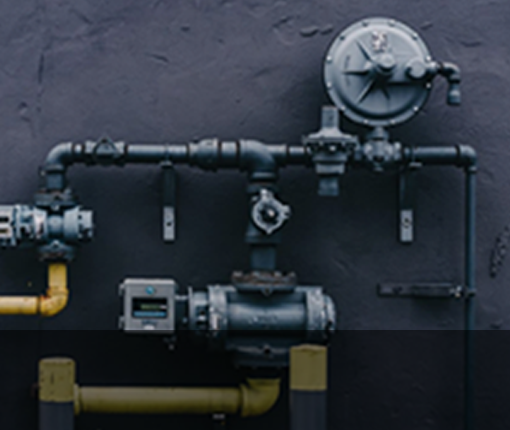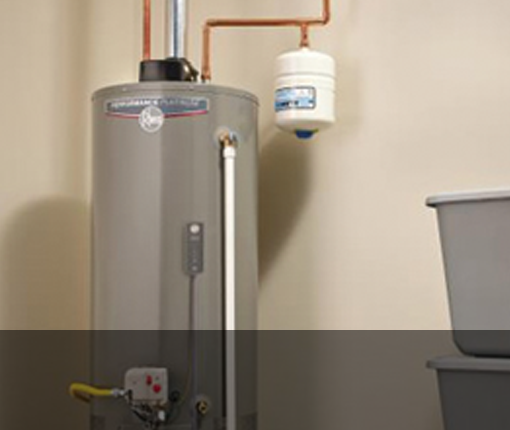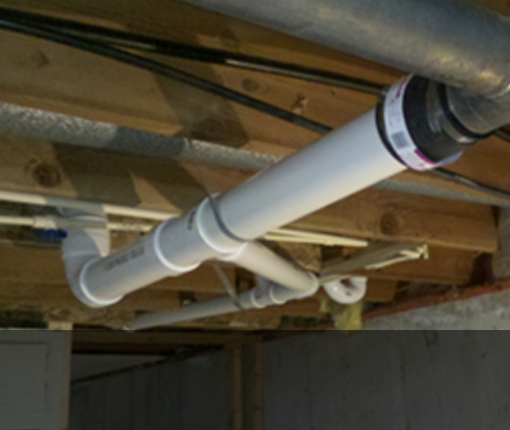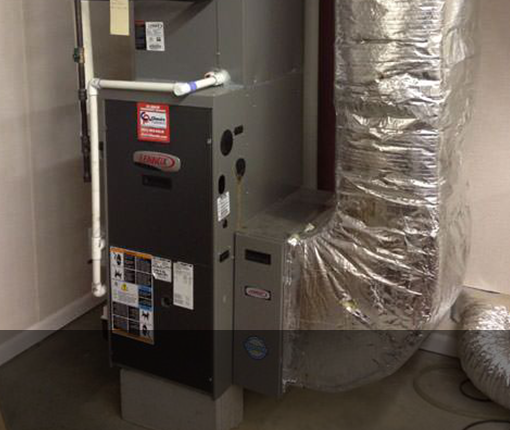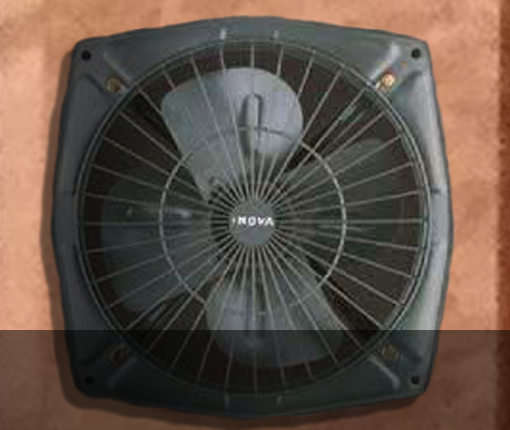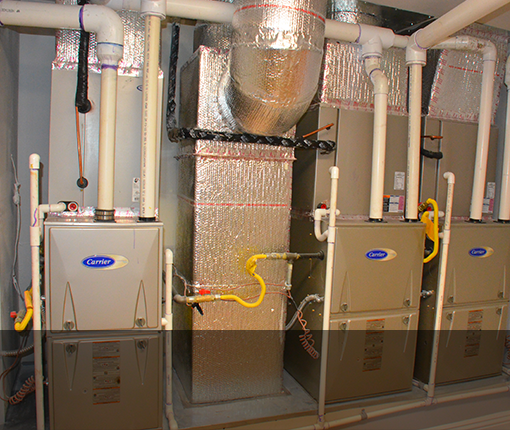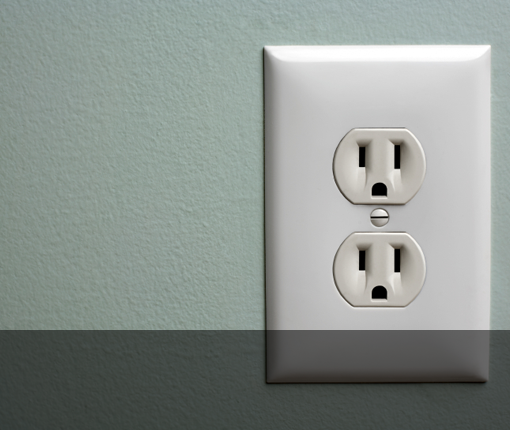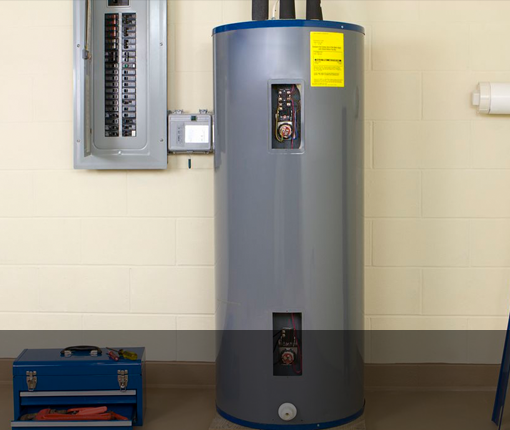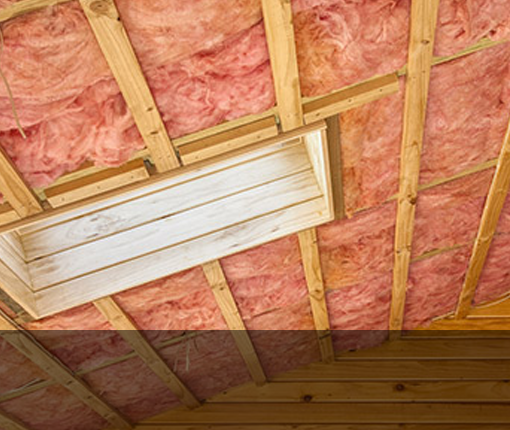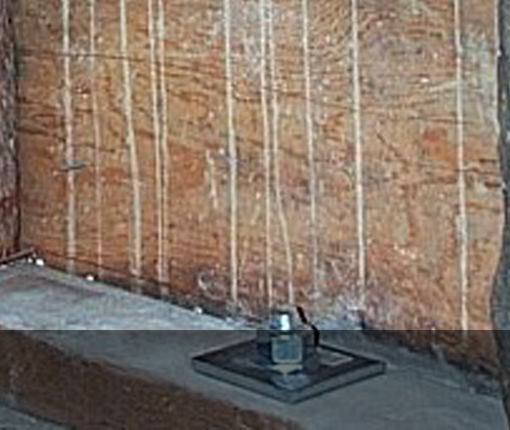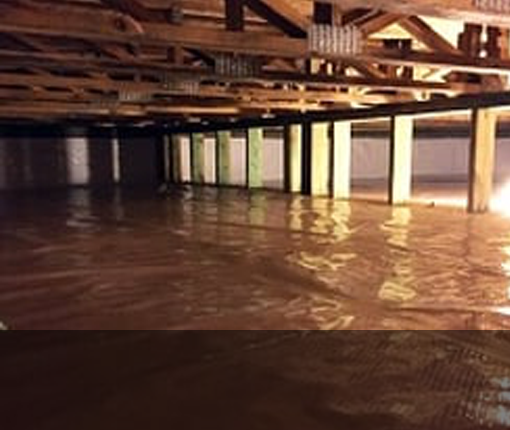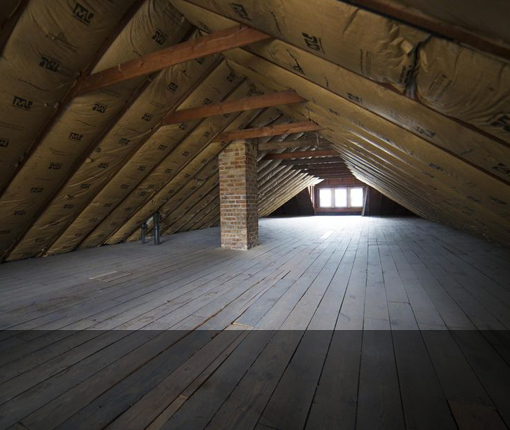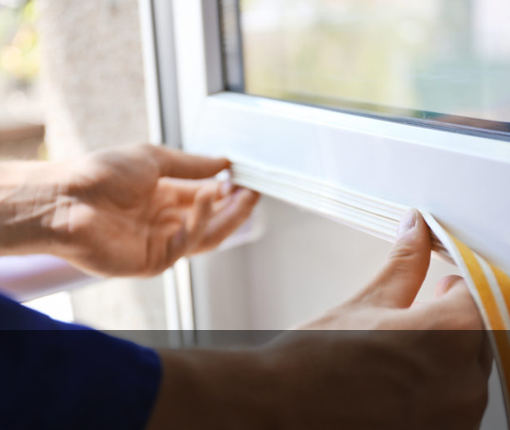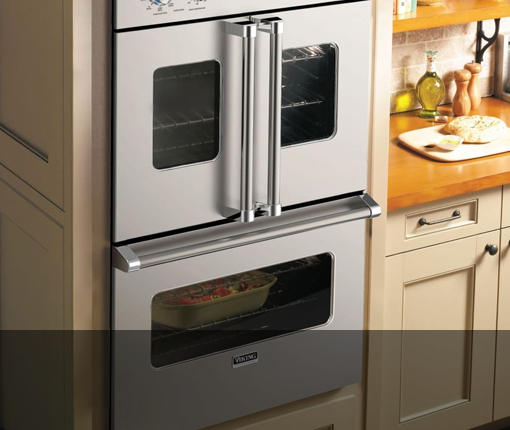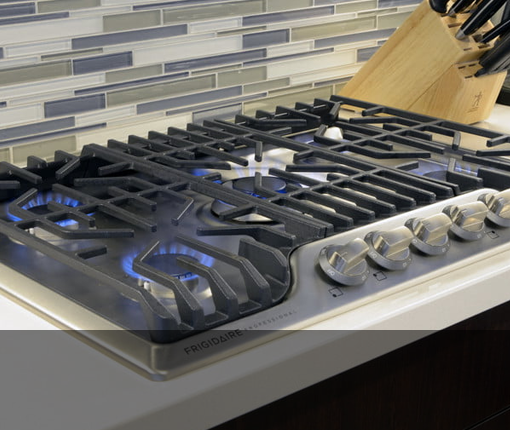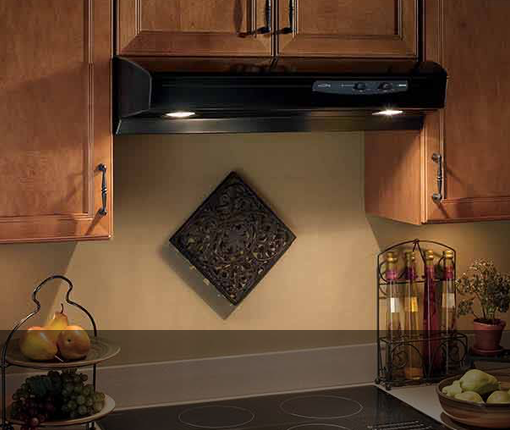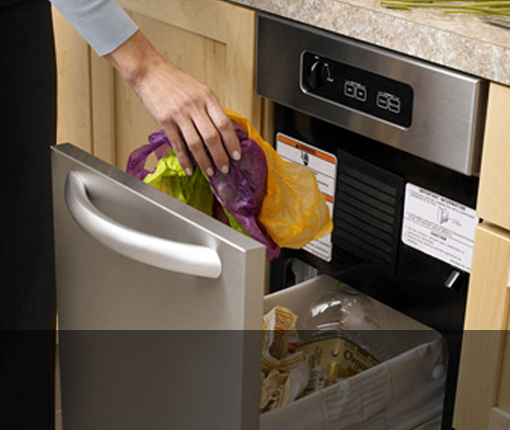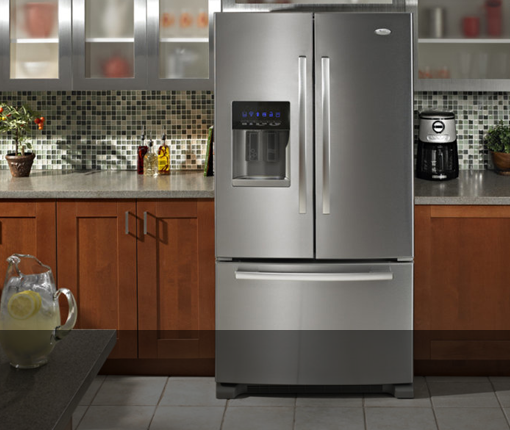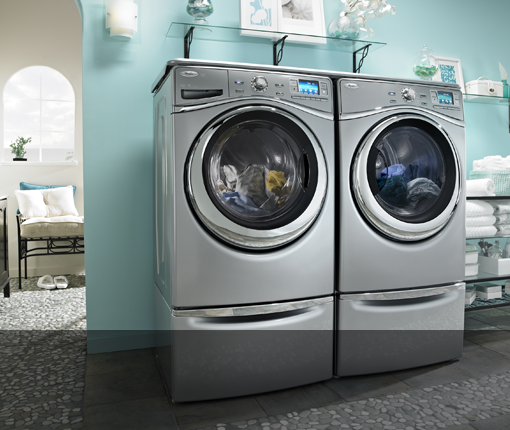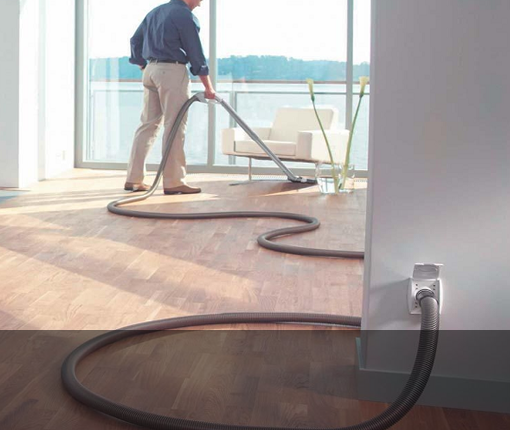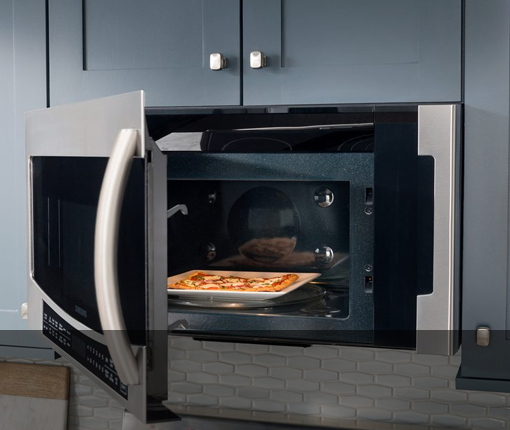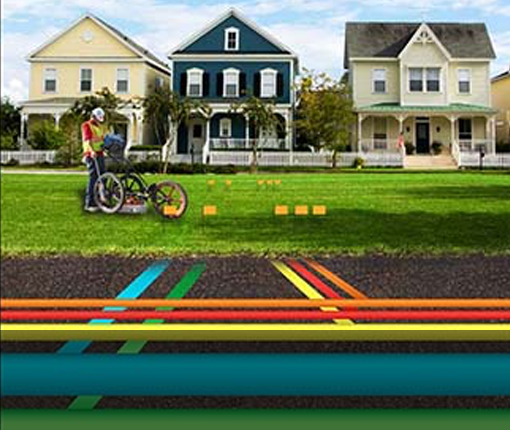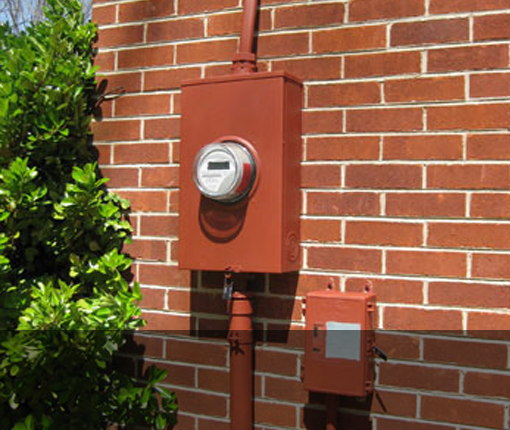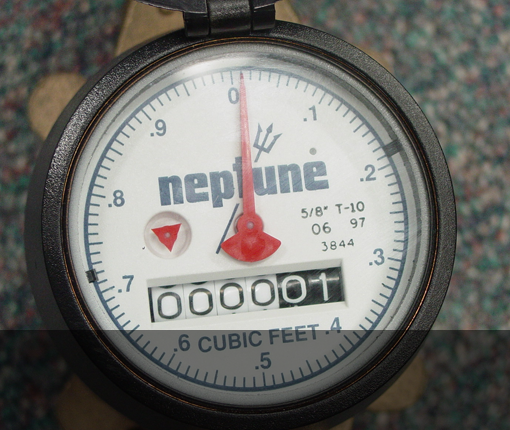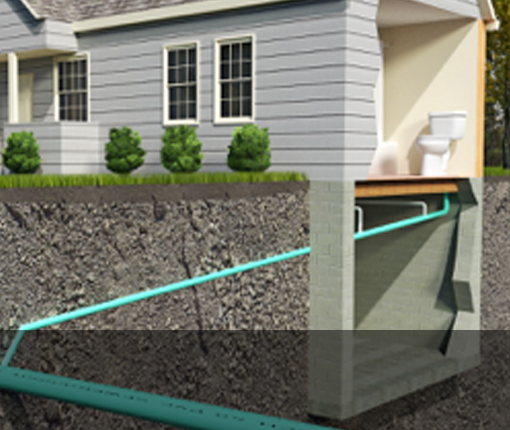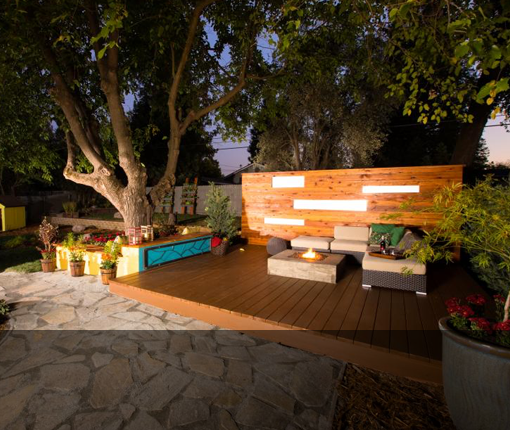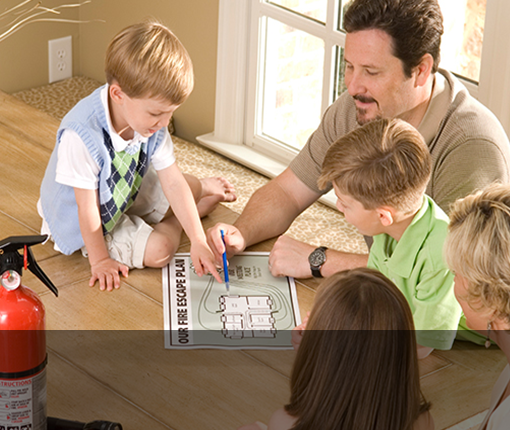Electricity/Communication
Electricity
Every year the US generates approximately 4.2 trillion kWh of electrical power. This power is distributed throughout the US via a massive system simply called “The Grid.” Big lines supported on towers march across the landscape and deliver the power to distribution centers near your home. From there, wires carry electricity to your home from your local utility. Your meter is the actual connection between your home and the grid.

How it’s made
Power companies generate electricity from several types of raw energy. The primary energy sources used in 2017 included natural gas 32%, coal 30%, nuclear 20%, hydroelectric 8%, wind 6%, biomass 2%, and solar 2%. Eighty percent or more of your utilities power comes from nuclear and fossil fuel energy sources. Unless you generate your own electricity using wind, solar or hydro sources you are still very much on a nuclear/fossil fuel energy diet,
These fuel sources create heat, measured in BTU’s. That heat is then used to make steam. The steam spins enormous turbines to generate the electricity. The average efficiency of the raw fuel sources to make BTU’s is only about 33%. That means 67% of the BTU’s burned to make electricity are lost and wasted during generation. These losses are staggering of course but it turns out that the making of electricity is just the start. Getting the power to the end user is pretty inefficient too.
Transmission losses
There is a startling amount of electricity lost from generation plant to the meter at your home. The total lost is between ten and thirteen percent. Ten percent doesn’t sound like much until you realize it is the equivalent of all the “clean” power sources of wind, solar and hydropower combined.
This is why conservation is so important. The plant has to generate 4 units of electricity for every unit you use.
Electricity conservation pays BIG!
Consider this too. Not all of the electricity that finally makes it to the average American’s meter is useable. Wasteful habits, poor wiring and other issues waste another 8-23%. Here are some good ways you can stop wasting electricity. Using data from 2017 tell us that conserving 1 watt of electricity in the home saves the generation of approximately 4 watts at the power plant.
So conservation is good and it is well worth the effort. Remember you provide a 4 watt bonus to the energy grid for every 1 watt of conservation at home. This is why electric vehicles in lieu of conventional vehicles does not make sense if you are using grid power to charge the batteries.
If you use off grid solar power to charge the batteries that is a different story…zap away!
Communication
Telephone/TV/Cable/Network/Satellite
The basic forms of person to person communication and home entertainment in 1970 were fairly simple. They included the US Postal Service (mail), land-wired telephones, TV’s (via antenna) and radio (also via antenna). Methods have changed over the last 40 plus years. Email, cell phones and satellite/cable TV are all new technologies. In addition, we now have the Internet. The internet is a system for communicating data to anyone with a computer and a connection, anywhere in the world. Of the main internet connection types, cell phones, cable and satellite transmission rule for communications and entertainment.

